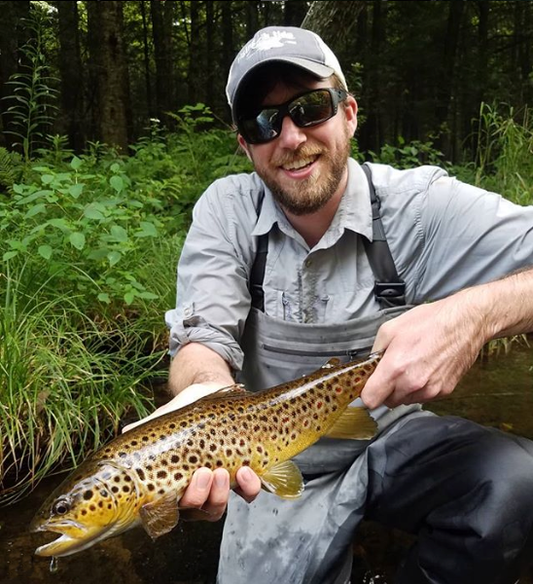All Points Fly Shop + Outfitter Blog

The 6 Benefits of Fishing Flies on Jig Hooks
Written By: Josh Thelin / Photos By: Nate Wight There are very tangible benefits to fishing flies on jig hooks. This has been something which has increased in popularity especially with...
The 6 Benefits of Fishing Flies on Jig Hooks
Written By: Josh Thelin / Photos By: Nate Wight There are very tangible benefits to fishing flies on jig hooks. This has been something which has increased in popularity especially with...

Recap: Maine Bar Fly - Sebago Brewing (Jan. 29t...
A little snow isn't going to stop us! Last night we gathered around the fermenters and brewing equipment at Sebago Brewing HQ in Gorham to tie some Euro/Czech style nymphs. As...
Recap: Maine Bar Fly - Sebago Brewing (Jan. 29t...
A little snow isn't going to stop us! Last night we gathered around the fermenters and brewing equipment at Sebago Brewing HQ in Gorham to tie some Euro/Czech style nymphs. As...

Gear Review: Euro Nymphing 101 + Thomas & Thoma...
You really can teach an old dog new tricks....Local angler Alex Hernandez takes us through his recent journey into the world of Euro nymping. The past year has been one of...
Gear Review: Euro Nymphing 101 + Thomas & Thoma...
You really can teach an old dog new tricks....Local angler Alex Hernandez takes us through his recent journey into the world of Euro nymping. The past year has been one of...